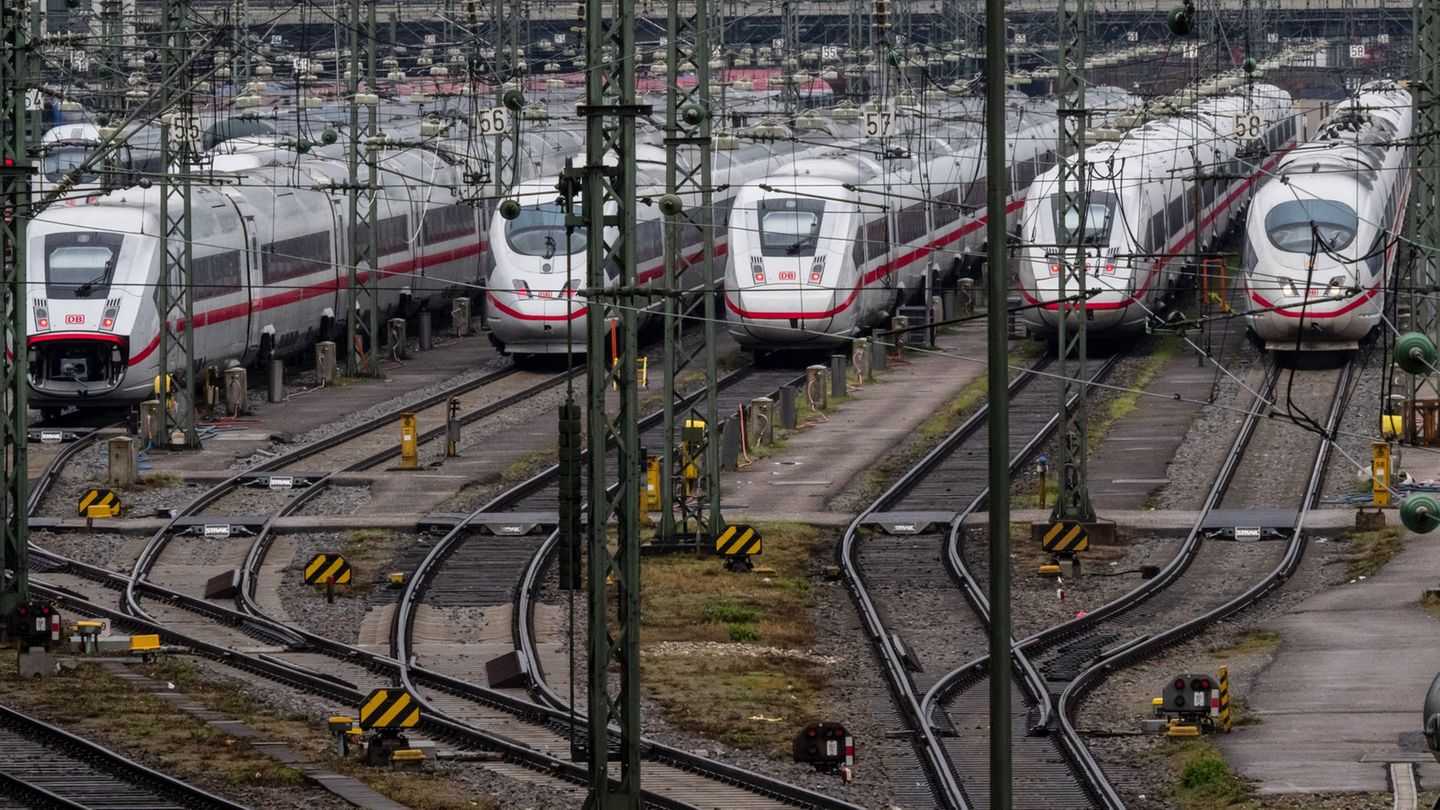Image: APA/AFP/INA FASSBENDER

After an increase in economic output in all federal states of more than three percent in 2022, 2023 brought a decline in growth in all federal states. The federal states with a high proportion of industry are particularly affected, as can be seen from the federal state analysis by UniCredit Bank Austria: “The federal states with a relatively high share of services were at an advantage over the industry-oriented regions,” said Bank Austria chief economist Stefan Bruckbauer. Nevertheless, no federal state recorded growth of more than one percent this year. In Upper Austria there was a decline of 0.7 percent. Only minimal growth of 0.1 percent is forecast for 2024 (see graphic for details). Burgenland recorded the strongest growth, followed by Salzburg and Vienna. Vorarlberg and Styria suffered the highest decline in regional product.

The material goods industry and the construction sector were hit hardest by increased prices and weak global demand. In most federal states, positive impulses came from tourism, real estate and the public sector.
“Across Austria, we expect a GDP decline of 0.5 percent in 2023, followed by a moderate recovery in consumption with growth of 0.3 percent in 2024,” says Bruckbauer.
Bank Austria economist Robert Schwarz pointed out that the labor market has proven to be resilient: no federal state has recorded a sharp increase in the unemployment rate.
Tyrol and Lower Austria would probably even have a lower annual average rate than in 2022. For Upper Austria, 4.1 percent is forecast for 2023 (2022: 4.0 percent).
more from economics




